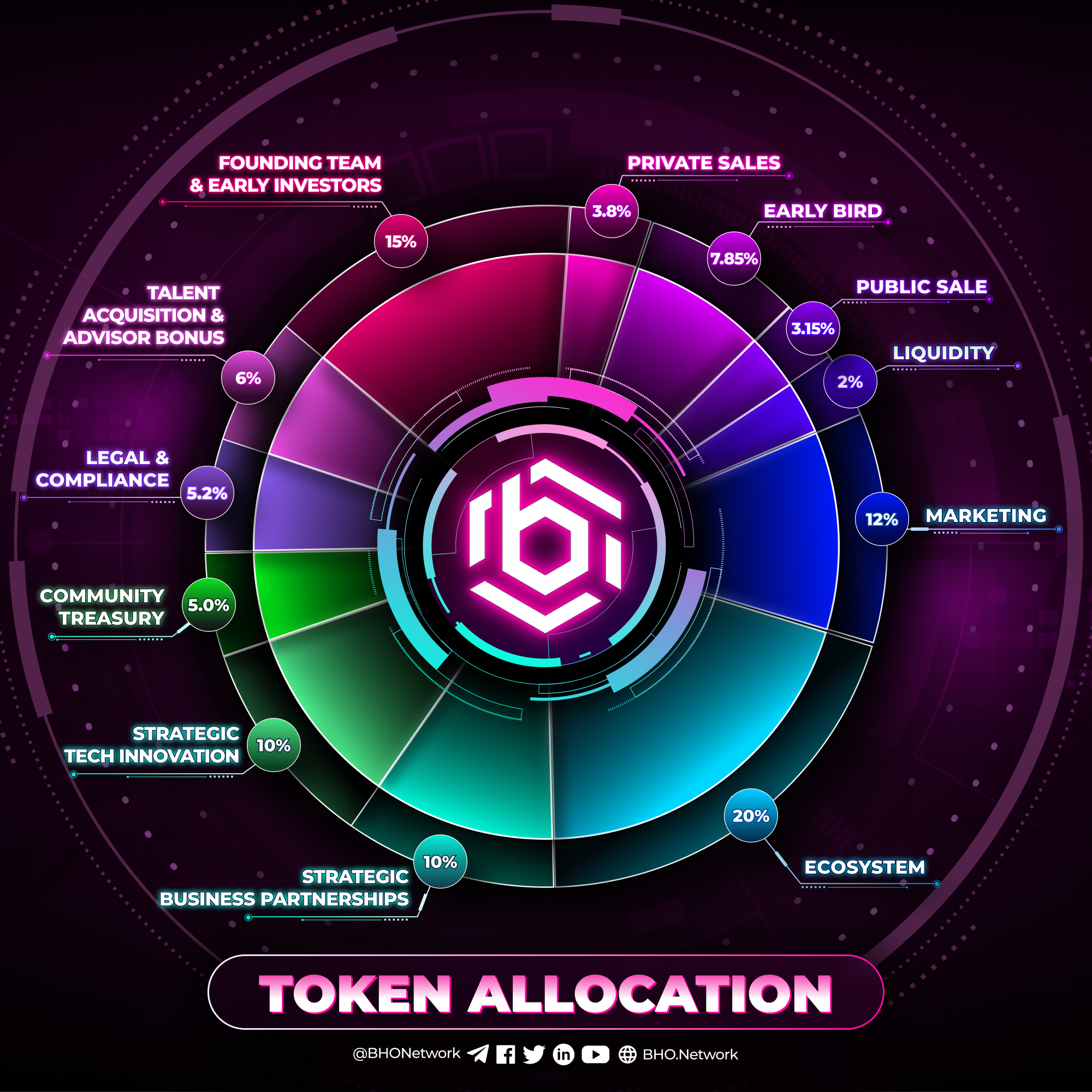LEARN ABOUT LIQUID STAKING
Liquid Staking is a relatively new concept in cryptocurrency, but it’s quickly gaining popularity among crypto enthusiasts. In this article, we’ll introduce Liquid Staking, explain how it works, and explore some of its advantages and disadvantages.
Liquid staking, also known as soft staking, is a variant of token staking operational in the decentralized finance (DeFi) ecosystem. Like the standard staking system, users can lock up their funds to secure a blockchain network.
However, the key distinction is that in liquid staking, users can maintain access to virtual funds even while staked. This allows them to access a ‘liquid version’ – a form of receipt – of the principal assets they initially pledged in securing the network.
Soft staking came into the spotlight following the launch of the Ethereum Beacon Chain in 2020. However, the crypto boom of 2021 and the rise of decentralized applications (dApp) focused on trading and providing liquidity on the Ethereum network made it gain widespread appeal.
This surge in popularity stemmed from concerns among many investors who feared that their funds would become inaccessible once locked on the Beacon Chain. The Beacon Chain was Ethereum’s strategic move towards transitioning from a proof-of-work (PoW) model to a proof-of-stake (PoS) consensus network. In response to this concern and the desire to make locked funds more accessible, liquid staking emerged.
Now, liquid staking is offered on the Solana, Polygon, and a number of other networks.
With this staking approach, investors can secure the blockchain network, earn rewards from staking, and still access the liquid versions of their tokens on other blockchain-based applications like Aave, Curve, or Convex Finance.
How does liquid staking work?
While the basic idea around liquid staking aligns with regular staking, its operational methods are fundamentally different.
Liquid staking operates as follows:
Firstly, users head to a liquid staking platform and lock their digital assets.
The digital assets’ legitimacy is then verified and kept in a smart contract – bits of immutable computer code that self-executes based on preset commands.
Once completed, the platform issues the user liquid staking tokens (LSTs), such as Lido Finance’s stETH (staked ether), replicas of their locked assets. These tokenized versions are pegged on a 1:1 basis to the original digital asset. Users can withdraw these replica tokens whenever they need them on other platforms.
The liquid staking platform then uses the initial assets for native staking on the underlying smart contract network. As a result, the funds are permanently locked on the primary blockchain network to secure it. In return for pledging these funds, these platforms are rewarded with newly minted crypto assets.
Finally, investors who stake their assets receive portions of the staking rewards the liquid staking platforms earn. For instance, if a user stakes 1 ETH (ether) on the Lido Finance platform, they will be issued one stETH. This represents the staked ETH and a portion of the staking rewards they earn.
However, LSTs can lose their pegs if too many users want to redeem their staked assets at once. To address this issue, most liquid staking platforms typically release staked assets at particular periods.
Benefits of Liquid Staking
Staking enables investors to put their idle crypto assets to work. By pledging these digital funds to contribute to the security of a blockchain network, they are duly rewarded with more of the blockchain’s native assets.
However, liquid staking provides even more mobility for investors’ digital funds, for example: Unlocked liquidity, multiple income streams, more flexible in terms of staking amount, …
However, liquid staking also comes with several specific drawbacks, for example:
- Risk of loss of peg to staked asset
- Risk of slashed fund if validator caused harm to the network
- Loss due to unprofitable trade
- Security vulnerabilities
In conclusion, Liquid staking offers investors unrestricted access to earning potentials within the decentralized economy. This innovative staking method allows users to lock up their assets securely, contribute to blockchain network security, and earn rewards. It also provides them with liquid digital assets that can be strategically utilized elsewhere.
However, liquid staking also comes with its drawbacks, which prudent investors should thoroughly evaluate before engaging in this approach.
Published on December 14, 2023







